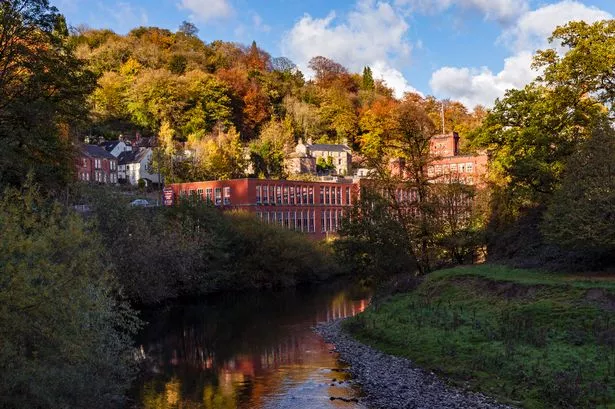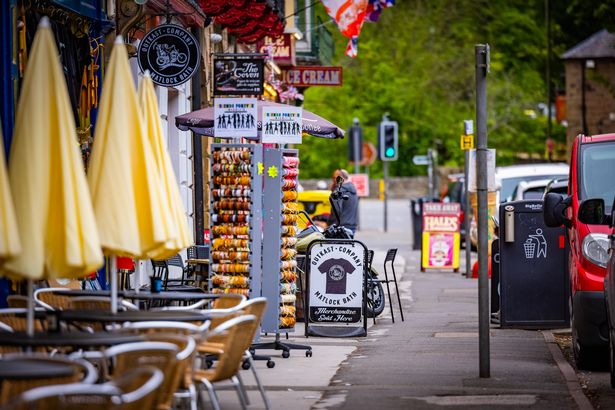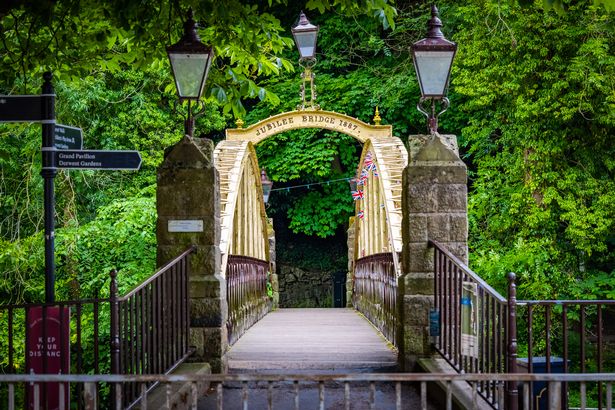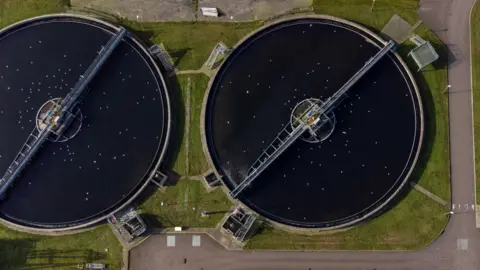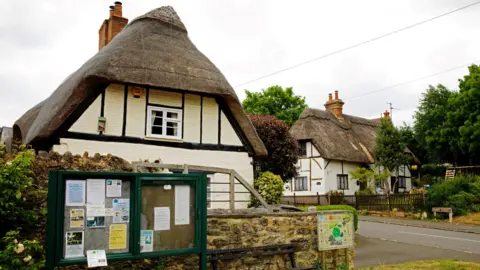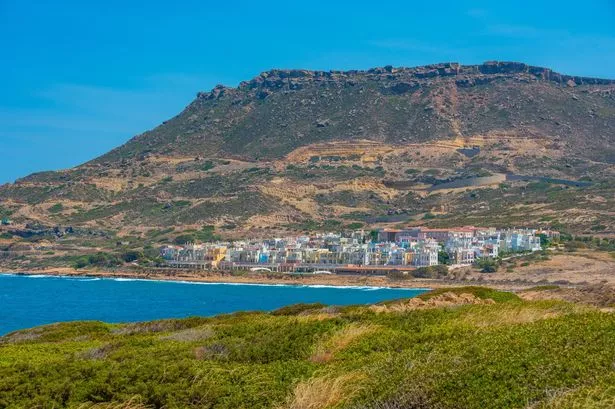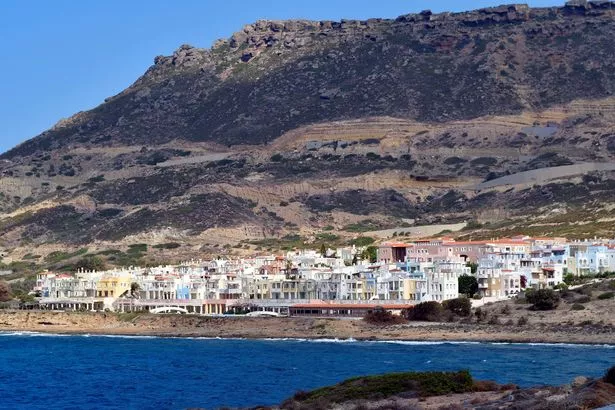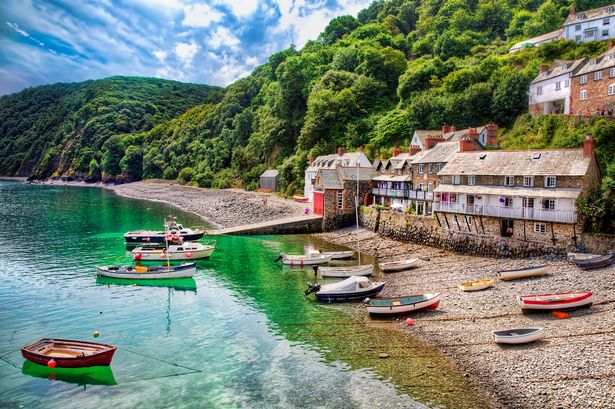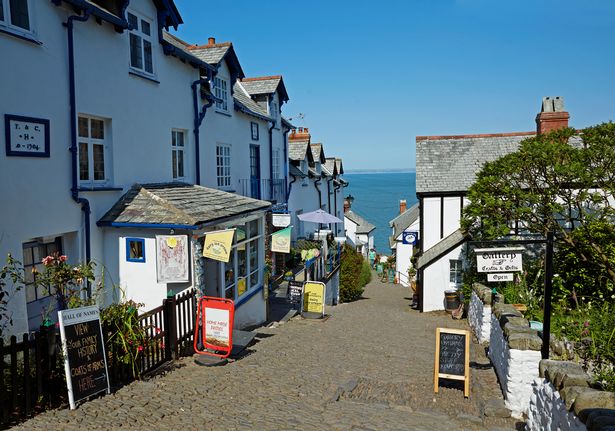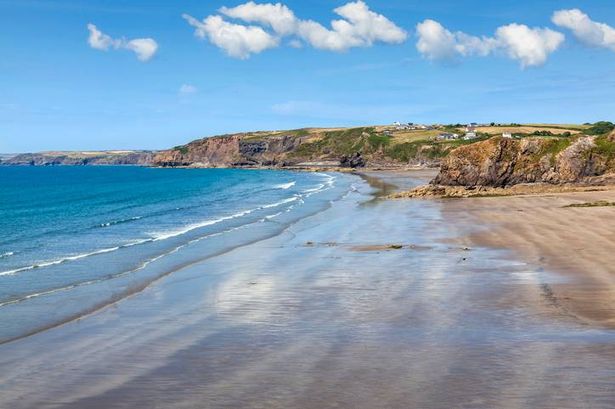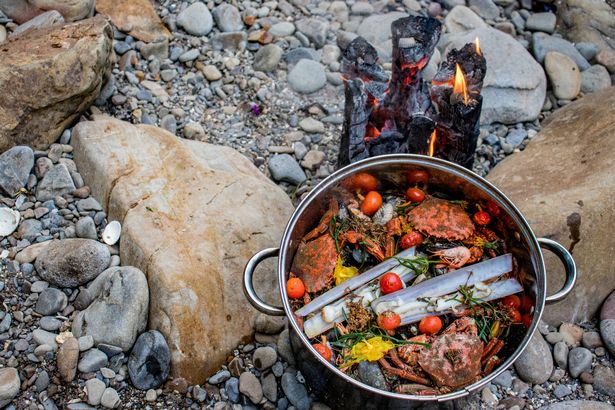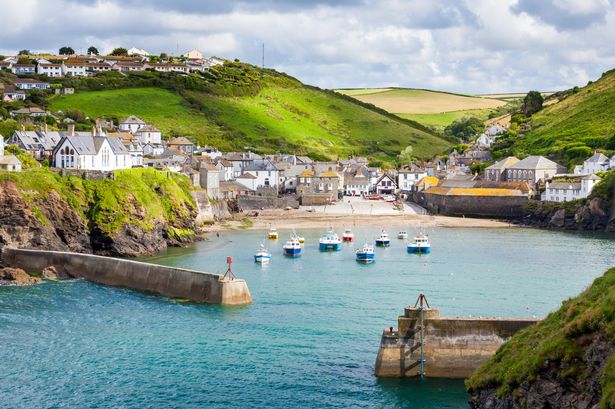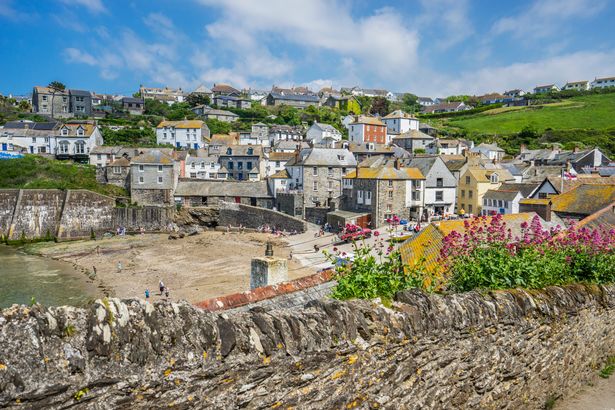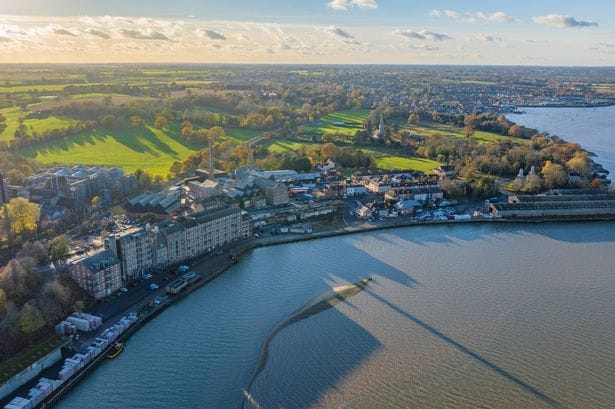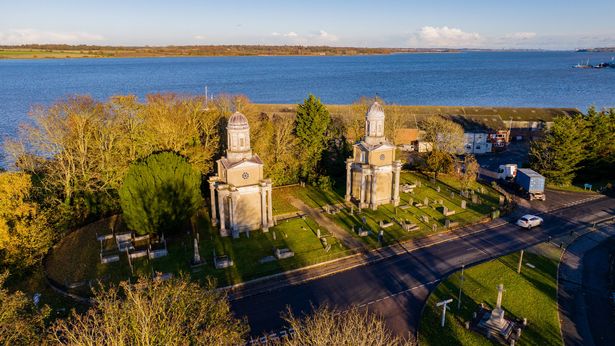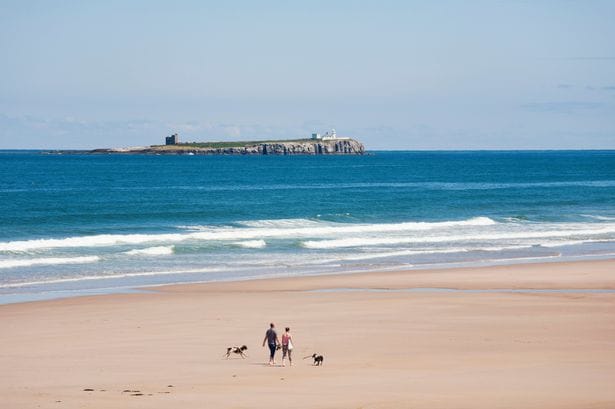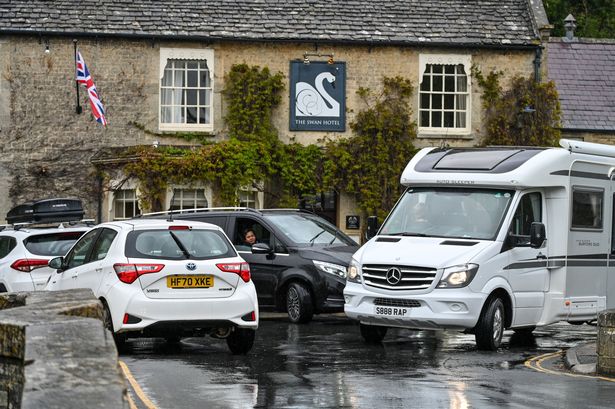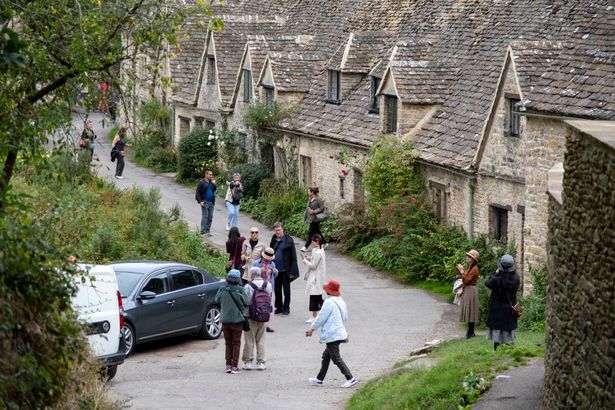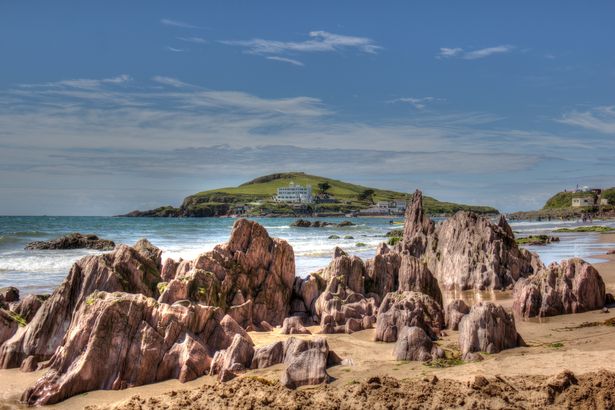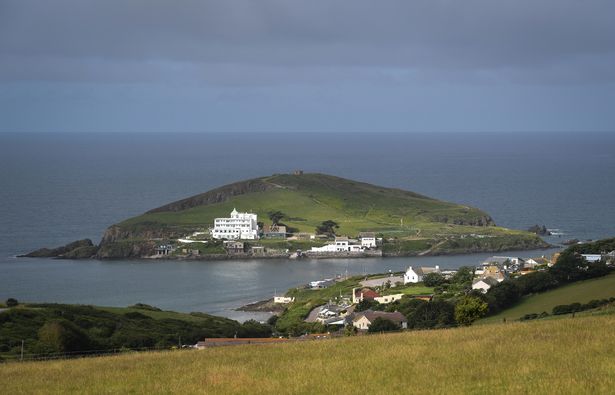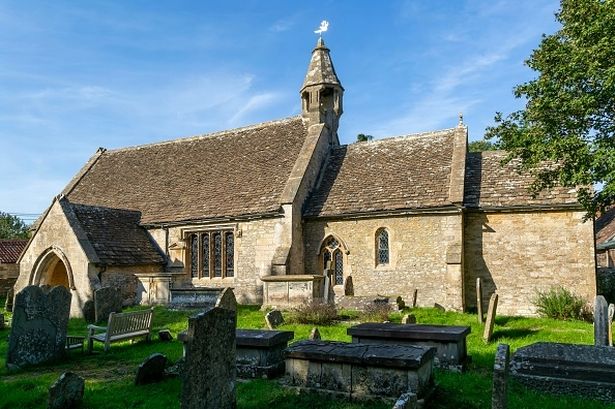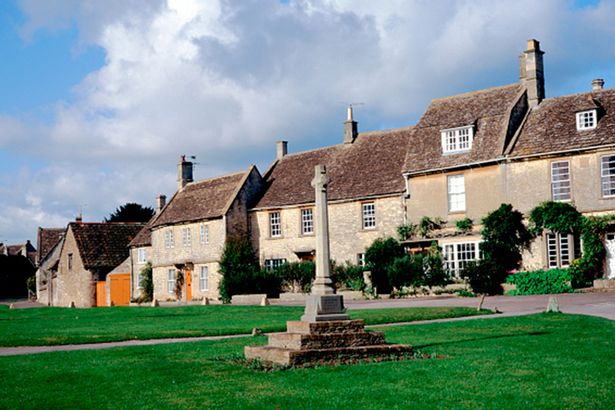This village in Derbyshire is known as the “seaside town without the sea” but its beloved fish and chip shops, cable car rides and theme park make it a quintessentially British holiday destination
This famous town in Derbyshire has all the makings of a great seaside town, except the sea. Located 94.4 miles away from Skegness, this unique destination still has plenty to offer, including fish and chip shops, cable car rides and an exciting theme park.
The official Visit Peak District & Derbyshire TikTok account posted a video spotlighting the town of Matlock Bath, referred to affectionately as the “seaside town without the sea”. The video documents how visitors can spend a day in the colourful and charming town.
The TikTok video reveals that Matlock Bath is “known for its colourful shops and fish and ships restaurants”. One must stop destination highlighted is Halls of Derbyshire, the traditional ice cream and confectionery shop.
READ MORE: UK fishing town named one of Europe’s ‘hidden gems’ that many don’t know about
Halls is a must-visit stop for anyone passing through the area, easy enough to spot with colourful balloons outside and a window full of cotton candy. Another spot highlighted in the video is Kostas Fish Bar, which happens to be right next door.
Despite not being particularly close to the sea, Kostas’ over 50 years of combined history in the fish and chip industry means that the menu is sufficient to satisfy your seafood craving. According to the video, Matlock Bath has a “seaside vibe despite being landlocked”.
This is most likely due to its position along the River Derwent. The 66-mile long river flows between Matlock Bath and Derby, with Matlock Bath situated in the middle of the river’s path.
Visitors to the area can enjoy a stroll along the river’s path or opt for an elevated view of the town by taking a cable car ride up to the Heights of Abraham. As documented in Visit Peak District’s TikTok video, visitors can take a cable car up to the clifftop country park to enjoy picturesque views.
There are also caverns, trails and playgrounds to explore for those who make it to the hilltop park. Those interested in more family-friendly activities can also check out Gulliver’s Kingdom – a small theme park located on the edge of the Peak District National Park.
Gulliver’s Kingdom is ideal for a short-term break, full of kid-safe rides and attractions. Matlock Bath’s Explorer Package might be a cost-effective option for those planning to visit both the theme park and the hilltop park, as both are included in the cost of some accommodation bookings.
READ MORE: ‘Underrated’ UK seaside spot everyone should visit is ‘cleanest and happiest place’
That said, you can probably enjoy much of the town in an afternoon and staying overnight isn’t necessary given the convenience of its transport options. As shared in the TikTok video, Matlock Bath is easy to get to by bus or train.
If you’re looking to explore more of Derbyshire, another stop to add to your list is Castleton – considered one of the “prettiest” villages in the Peak District. Despite its small population – less than 700 residents – the village draws plenty of tourists each year with its quaint pubs, tea rooms and stunning stone architecture.

